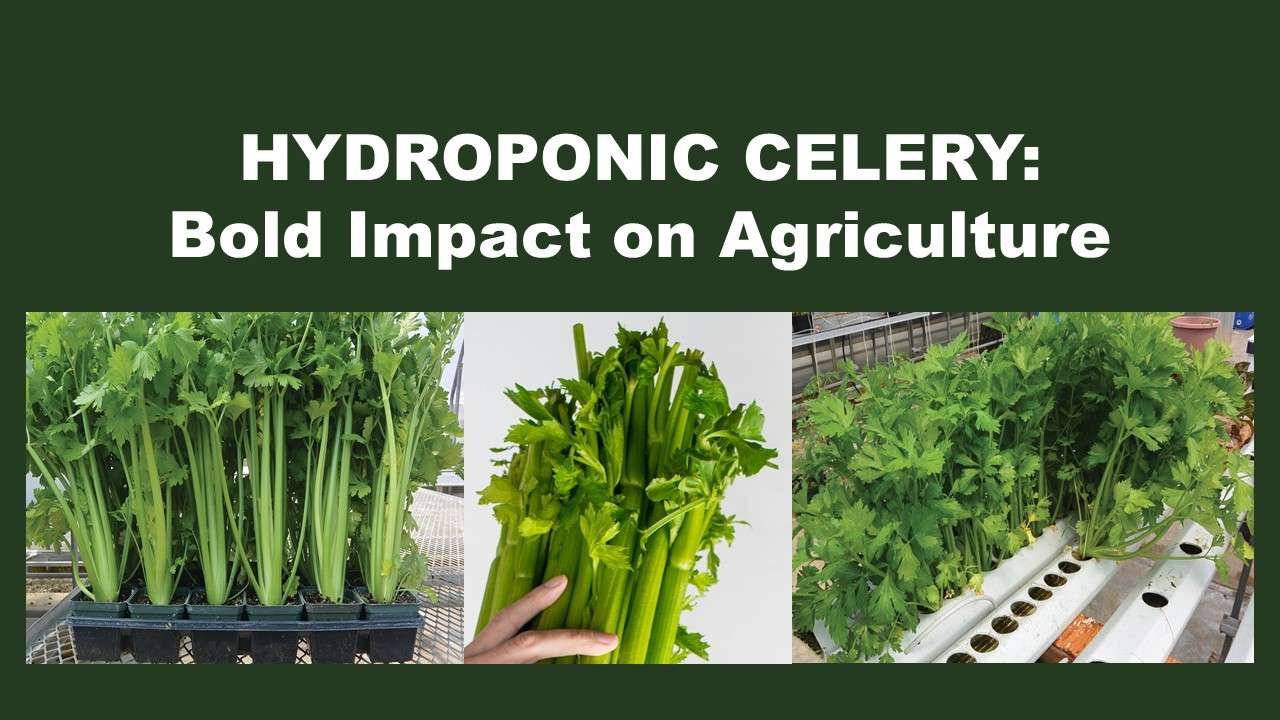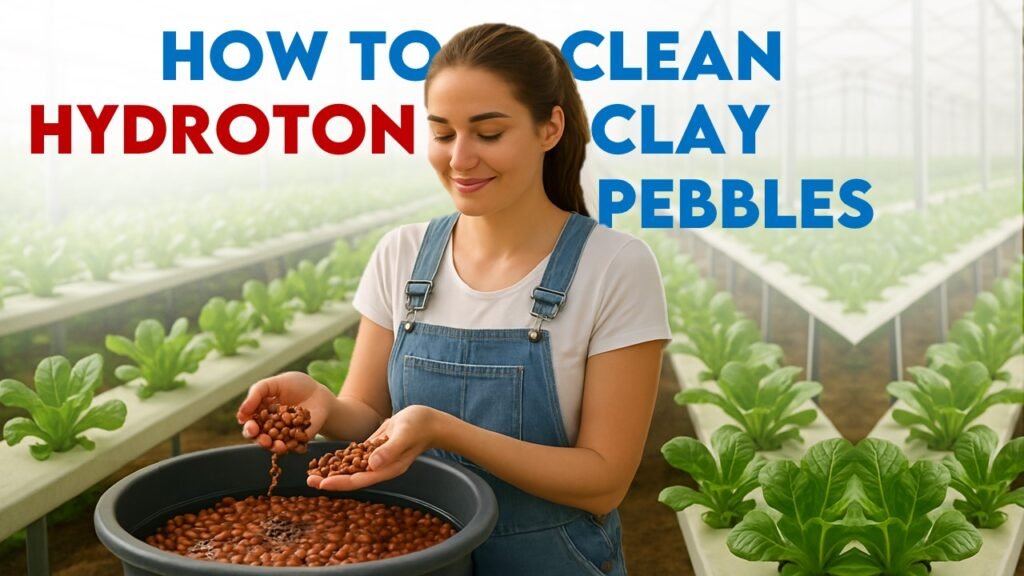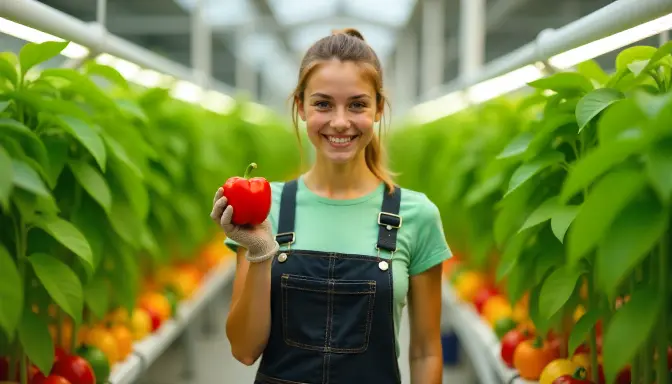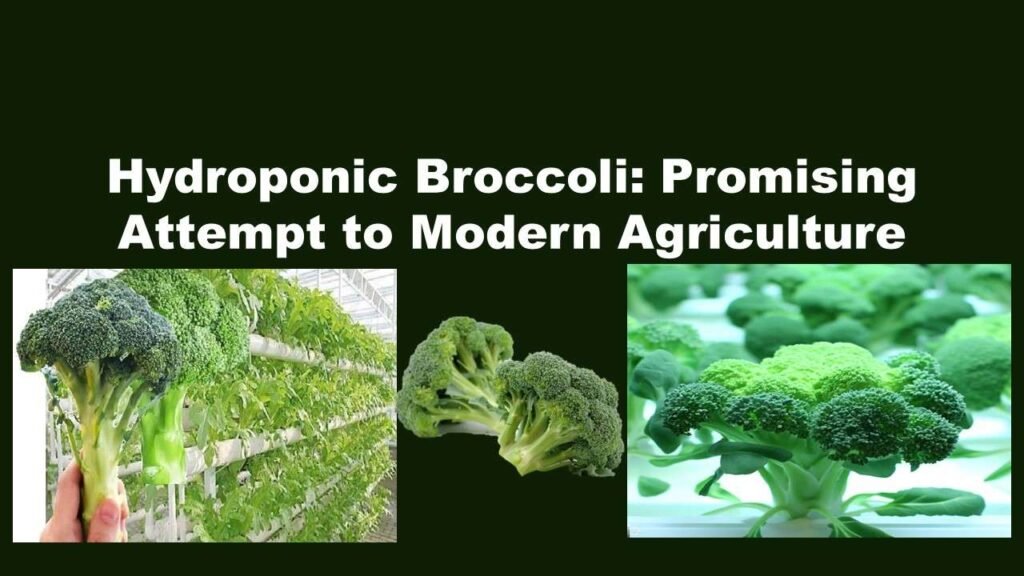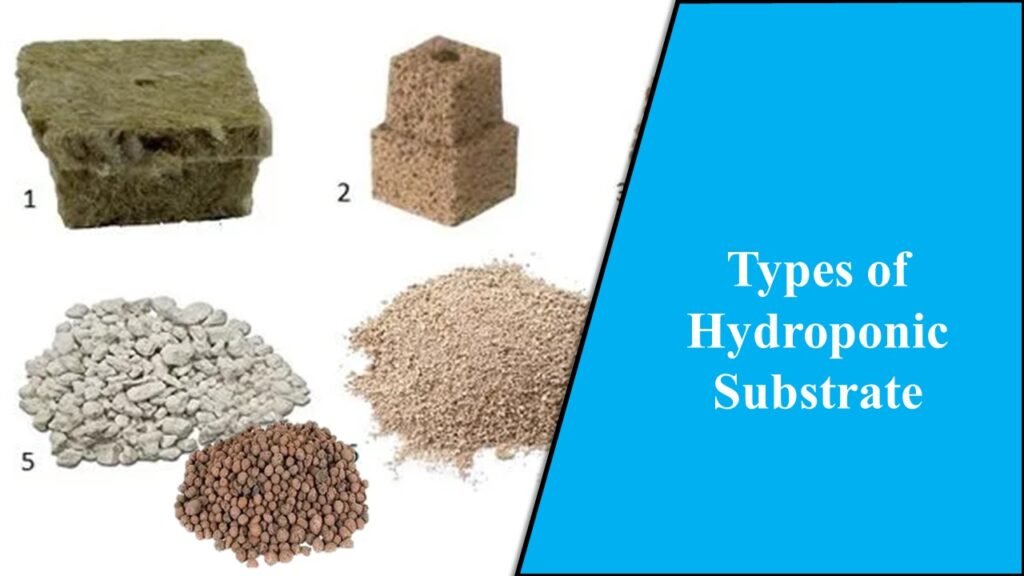HYDROPONIC CELERY: Bold Impact on Agriculture
Celery, scientifically known as Apium graveolens and belonging to the Umbelliferae family, is grown primarily for its succulent leaf stalk. Hydroponic celery represents a pioneering approach to celery cultivation that transcends traditional soil based methods. The leaf stalk, commonly consumed raw in salads or infrequently as a cooked vegetable, is often utilized for enhancing the flavor of vegetable juices and soups. Ranking as the second most significant salad crop following lettuce, celery also finds application in condiments, spices, and medicinal uses due to the utilization of its seeds. In India its commercial production is very limited. Notably, there exist various species of celery.
| Species | Description |
| 1) Apium graveolens var. secalinum Alef. | Leaf type/ Smallage |
| (i) Apium graveolens var. dulce | Blanched celery/ Stalk celery |
| (iii) Apium graveolens var. rapaceum | Swollen edible rooted or celeriac type |
Nonetheless, the predominant variety, stalk celery (A. graveolens var. dulce), holds great significance and is extensively cultivated in North America and temperate Europe. On the other hand, smallage (Apium graveolens var. secalinum) enjoys heightened popularity in the Asian and Mediterranean regions. Meanwhile, the celeriac type (A. graveolens var. rapaceum) is commonly cultivated in Northern and Eastern Europe, particularly in areas where stalk celery faces challenges in adaptation. However, hydroponic celery is grown in a controlled environment and there is no climatic effect on plants.
Preface to the Subject:
Hydroponic celery refers to the production of celery without use of soil as growing media. In this method a nutrient solution is used in place of soil. This solution flows through the roots of the plant and allows plants to capture the nutrient and water. Celery is a shallow rooted plant and highly suitable for hydroponics. It is a delicate plant and can be easily attacked by pests and also damaged by physical injuries in open field conditions. Hydroponic systems help in prevention of those possibilities by indoor facilities. As indoor facilities contain a number of factors like control on the environment so the yield is much higher.
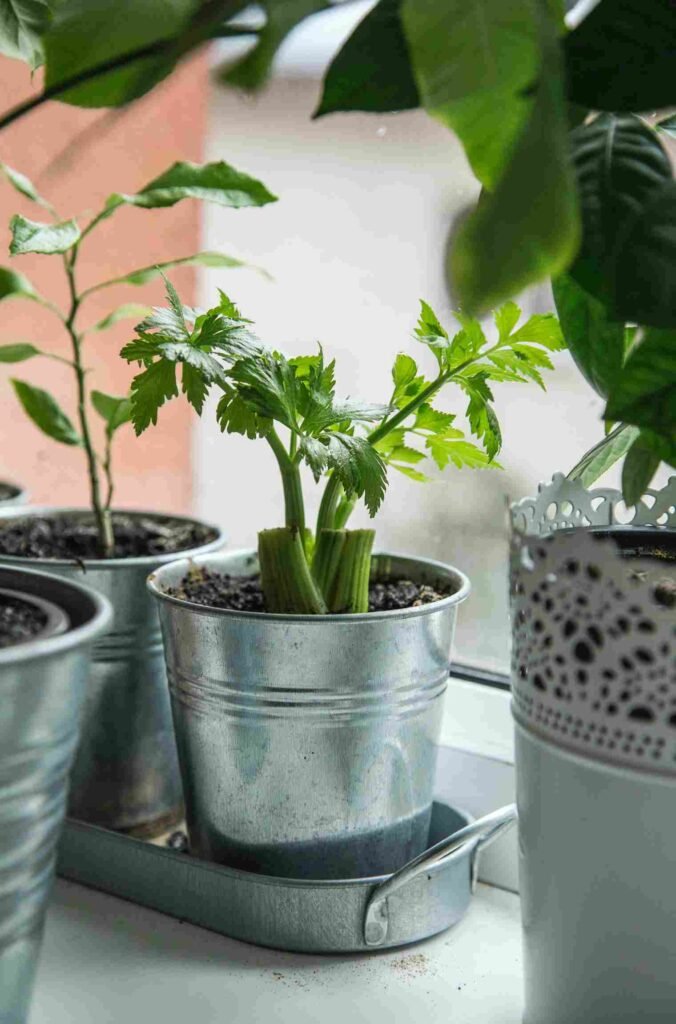
Photo by Milada Vigerova | PEXELS
Life Cycle of Hydroponic Celery:
| Stage | Time Duration |
| Seed Germination: | 7 to 14 days |
| Seedling Stage: | 2 to 4 weeks |
| Transplanting: | 2 to 3 weeks after germination |
| Vegetative Growth: | 4 to 6 weeks after transplanting |
| Maturation: | 8 to 12 weeks after transplanting |
| Harvesting: | Begins around 10 to 12 weeks after transplanting, continues as individual stalks reach maturity |
Procedure in Setting up Hydroponics for Celery Production:
Selection of a Suitable Indoor Infrastructure:
A pivotal aspect of hydroponics involves selecting the infrastructure for initiating the venture, a critical decision that determines success or failure. When assessing the compatibility of hydroponic systems for cultivating celery, it is vital to examine various methods such as NFT or DWC. This evaluation entails not only comprehending the distinctive features of each system but also ensuring a harmonious alignment between the chosen hydroponic method and the attributes of the indoor structure. Furthermore, the smooth integration of nutrient delivery and circulation systems, coupled with compatibility with reservoirs, pumps, and nutrient monitoring tools, plays a crucial role in the efficient operation of the hydroponic setup.
Planting Material for Hydroponic Celery:
For obtaining planting material for celery, you have several options. You can purchase celery seeds from garden centers, nurseries, or online seed suppliers, ensuring the quality of the seeds by choosing a reliable source. Alternatively, if you have previously grown celery, collecting and saving seeds from mature plants that have gone to seed is an option for the next growing season. Another avenue is to buy celery seedlings from garden centers, available in small pots or trays. This provides a convenient option for those looking to skip the initial germination stage and begin with more developed plants.
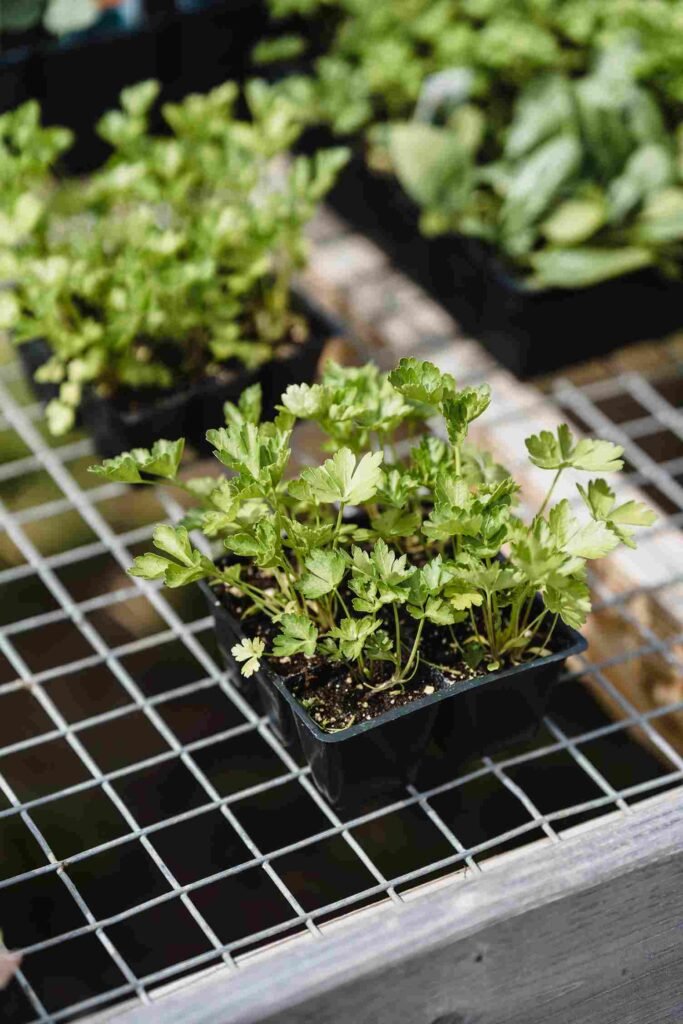
Image Greta Hoffman | PEXELS
Selection of Hydroponic Technique for Celery:
When establishing a hydroponic system for growing celery, the initial phase involves selecting an appropriate cultivation method. Common options include Nutrient Film Technique (NFT), Deep Water Culture (DWC), and recirculating hydroponic systems. It is crucial to choose a system that provides sufficient support for celery plants and ensures effective delivery of nutrients and water to the roots. The hydroponic system chosen significantly impacts the overall outcome of celery cultivation, affecting key factors such as plant growth, nutrient assimilation, and overall plant health.
Control on Environmental Conditions:
Effective management of environmental conditions is essential for the prosperous cultivation of hydroponic celery, enabling cultivators to enhance plant growth, nutrient absorption, and overall well-being. Below are fundamental elements of environmental regulation in hydroponic celery systems and their effects:
Temperature:
Optimum temperature ranging from 150 C to 210 C. It is important to avoid extreme temperature fluctuations and provide consistent, moderate temperatures for the best growth. Celery can tolerate some cooler temperatures but is sensitive to frost.
pH :
Hydroponic celery usually thrives within a pH range of 5.8 to 6.5, creating an environment that optimally facilitates the absorption of essential nutrients by the plants. Deviating from this pH range may result in nutrient deficiencies or toxicities, negatively affecting the overall health of the celery plants.
Electronic Conductivity (EC):
The concentration of nutrients in the solution is reflected by the EC level. In hydroponic celery cultivation, the ideal EC level varies according to the growth stage. Typically, it falls within the range of 1.5 to 2.5 mS/cm (millisiemens per centimeter) during the vegetative phase and can be elevated to 2.5 to 3.5 mS/cm during the flowering and fruiting stages.
Nutrient Solution:
In hydroponics, the nutrient solution constitutes a carefully crafted blend of vital nutrients dissolved in water, acting as the primary nutritional source for plants cultivated without soil. Unlike conventional soil-based farming, where plants draw nutrients from the soil, hydroponic systems provide direct delivery of essential elements to the plant roots through this solution. The nutrient solution in hydroponics generally consists of a well-balanced mix of macro and micronutrients crucial for supporting plant growth. These essential nutrients encompass:
| Macro-Nutrient | Function and Importance |
| Nitrogen (N) | Essential for overall plant growth, especially in the vegetative stage. |
| Phosphorus (P) | Important for root development and flowering. |
| Potassium (K) | Aids in overall plant health, stress tolerance, and fruit development. |
| Calcium (Ca) | Supports cell wall structure and prevents disorders like blossom end rot. |
| Magnesium (Mg) | Essential for chlorophyll synthesis and enzyme activation. |
| Sulfur (S) | Contributes to amino acid and protein formation. |
Humidity:
Keep humidity levels around 60-70%. Proper ventilation is essential to prevent the development of fungal diseases.
Light:
Celery demands a substantial quantity of light. Supply 12-16 hours of intense artificial light daily, utilizing sources like high-pressure sodium (HPS) or light-emitting diodes (LEDs).
Air Circulation and Ventilation:
In terms of ventilation and air circulation, adequate measures must be taken to prevent the accumulation of heat and stale air within indoor structures. This includes the incorporation of fans and ventilation systems to facilitate optimal air circulation. Furthermore, recognizing the importance of CO2 in celery growth and implementing methods to enrich CO2 levels in enclosed spaces contributes to creating an environment conducive to the flourishing of hydroponically cultivated celery.
Harvesting:
Celery harvesting is recommended once the stalks have attained the preferred size; cut them at the base, allowing the remaining plant to continue growing. Generally, celery becomes harvest-ready within approximately 85 to 120 days post-planting. Successful hydroponic celery cultivation demands vigilant monitoring, routine maintenance, and thoughtful attention to environmental factors.
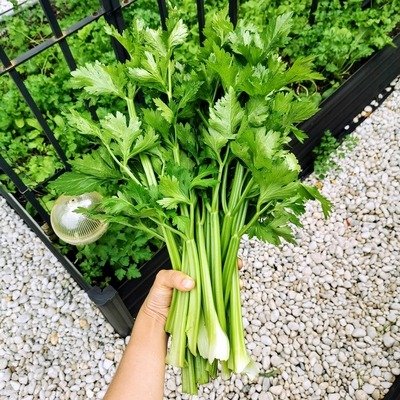
Image Source: Google | www.thehomegarden.com
Summarizing the Optimum Conditions:
| Parameter | Range |
| Temperature | 21°C to 27°C |
| Relative Humidity | 50% to 60% |
| pH | 5.5 to 6.5 |
| Electrical Conductivity (EC) | 1.2 to 2.0 mS/cm |
| Light Duration | 12 to 16 hours |
Significance and Advantages of Celery:
Celery holds nutritional significance, providing health benefits and contributing to overall well-being. Abundant in essential vitamins and minerals like vitamin K, vitamin C, potassium, and folate, celery is a low-calorie option favored by health-conscious consumers. Its nutritional value aligns with the growing demand for wholesome foods, enhancing the economic importance of celery. Additionally, celery is recognized for its medicinal properties, with associations to anti-inflammatory and antioxidant benefits. Extracts like celery seed oil find applications in traditional medicine and health supplements, further contributing to the herbal and nutraceutical industries.
Economic Importance of Hydroponic Celery:
Celery grown in hydroponic condition gives more yield then the open field cultivation. This provides an edge to the farmers to earn more money than traditional techniques of cultivation. Other than greater yield it has other economic importance as its seeds contain some essential oils which have a high use in the cosmetic industries.
Some Components Present in Celery Seeds:
| Component | Percentage/Content |
| Essential Oil in Seed | 2.2% (range: 2.2 – 3.0%) |
| Characteristics of the Oil | Pale yellow color |
| Components of the Oil | d-limonene (60%)ß-selinene (10-12%)Sedanoic acid anhydride (0.5%)Sedanolide (2.5-3.0%) |
| Contribution to Odor | Sedanoic acid anhydride and Sedanolide |
| Nutrient Content in Leaves | Calcium (Ca)Phosphorus (P)Iron (Fe)Vitamin CVitamin A |
| Utilization of Leaves | Consumed in salads |
Health benefits:
Celery contains high amounts of water, dietary fibers, vitamins, minerals and antioxidants which help in promoting good health.
| Health Benefit | Description |
| Nutrient-Rich | Abundant in vitamins and minerals, including vitamin K, vitamin C, potassium, and folate. |
| Low-Calorie | A great option for those looking to manage weight due to its low-calorie content. |
| Hydrating | High water content contributes to hydration and supports overall well-being. |
| Digestive Health | The dietary fiber in celery aids digestion and maintains a healthy digestive system. |
| Antioxidant Properties | Contains flavonoids and polyphenols that act as antioxidants, helping combat oxidative stress. |
| Anti-Inflammatory | Compounds like apigenin have anti-inflammatory properties, potentially reducing inflammation. |
Conclusion:
In conclusion, hydroponic farming shows clear success and promise for the future. With traditional soils facing declining fertility and farming impacted by climate change, it is crucial for the government to proactively promote these innovative approaches.
Supporting low-land farmers involves offering free educational programs and providing subsidies and incentives for engaging in hydroponic farming. Despite the numerous benefits of hydroponic celery cultivation, it’s essential to approach this method with proper guidance and training. Given the significant investment required, each step in adopting hydroponics should be well-researched and based on scientific principles to avoid potential losses. Individuals should acquire expertise in this field before venturing into hydroponics to ensure a promising setup does not lead to substantial financial setbacks.
Do You Really Know About Hydroponics? Let’s Play a Quiz!
Think you know everything about hydroponics? It’s time to put your knowledge to the test! Play this interactive quiz and challenge yourself with questions about soil-less farming, nutrient solutions, and the amazing world of hydroponics.
Hydroponics Puzzle Quiz Game
Test your knowledge and reasoning in hydroponics with this fun and interactive quiz game!
Congratulations!
Join Our Hydroponics Growers Group!
Connect with fellow hydroponics enthusiasts, share your ideas, ask questions, and grow together as a community.
👉 Join WhatsApp Group
